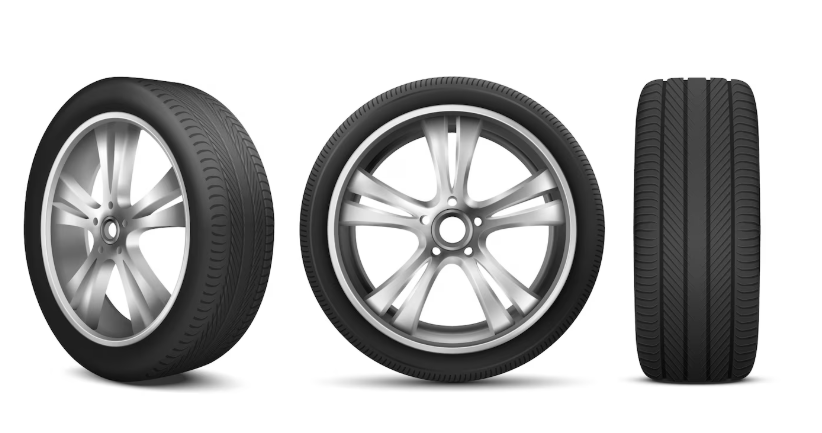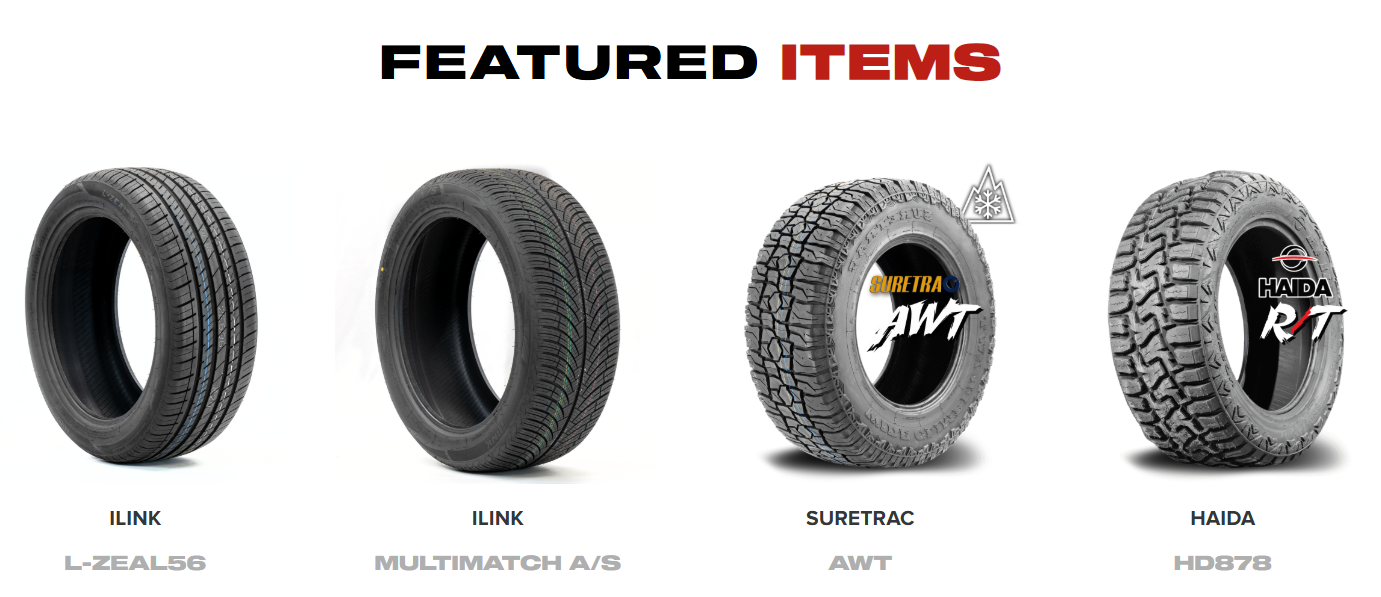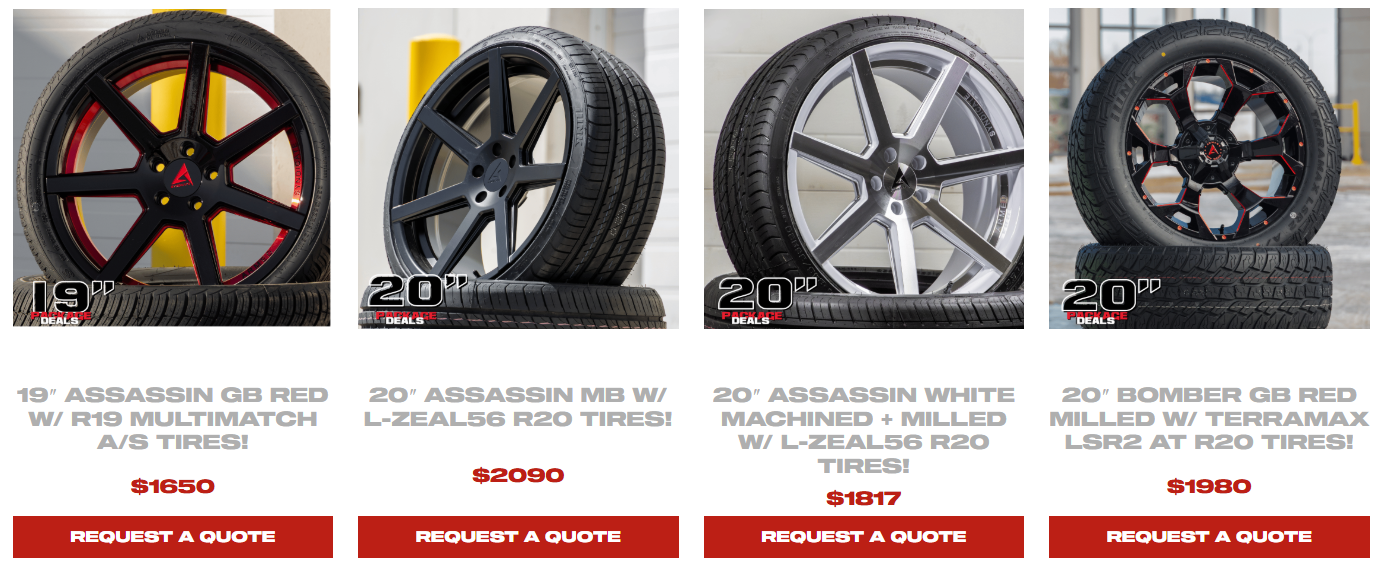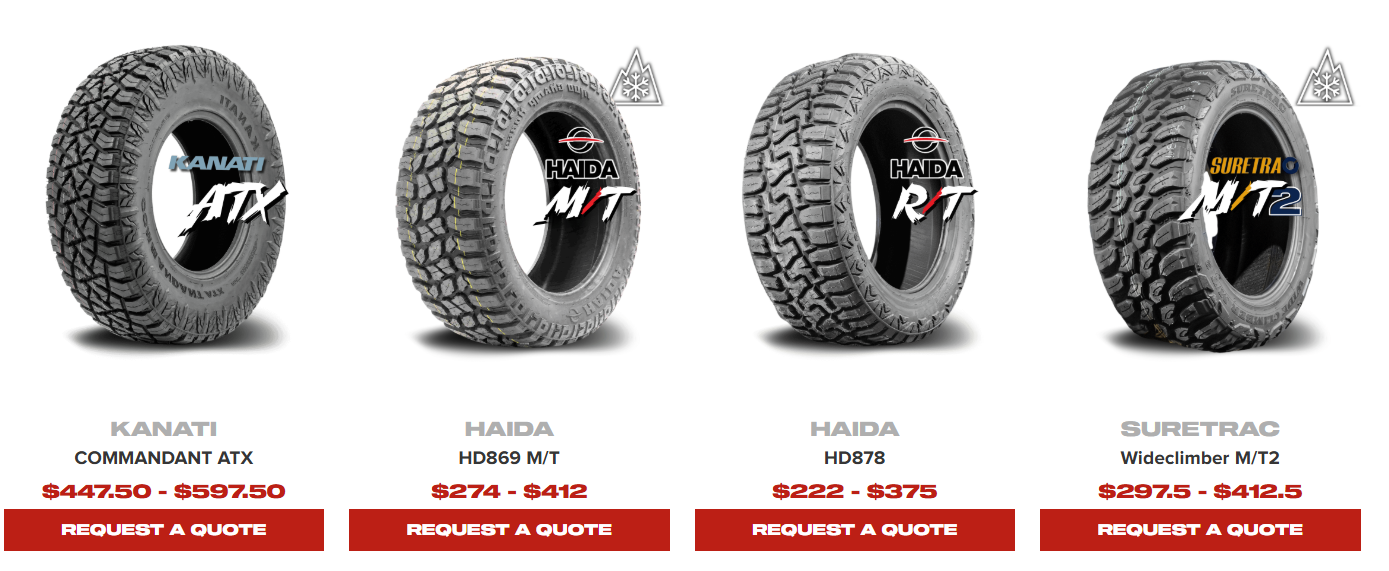When it comes to choosing new wheels for your car, whether for a style upgrade or improved performance, it’s not just about size and design. Three key factors —bolt pattern, offset, and hub bore —can determine whether those wheels fit properly and perform safely. If you're unfamiliar with these terms, don't worry, you're not alone. This article breaks everything down clearly and simply, so you can make confident decisions when shopping for wheels.
Many drivers make the mistake of buying rims that look perfect but don’t fit their vehicle properly. Misunderstanding these critical specifications can lead to vibration issues, steering problems, or even unsafe driving conditions. Thankfully, understanding bolt pattern, offset, and hub bore doesn’t require an engineering degree, just a few clear explanations and the right expert advice, like the guidance you’ll find at Canada Custom Autoworks.
Understanding the Bolt Pattern as the DNA of Wheel Fitment
Your vehicle’s bolt pattern (or lug pattern) refers to the number of lug holes on the wheel and the diameter of the circle they form. This pattern must match the mounting holes on your vehicle’s hub; otherwise, the wheel simply won’t attach.
Bolt patterns are typically described in formats like 5x114.3 or 4x100. The first number indicates the number of bolts (or lugs), and the second number refers to the diameter of the imaginary circle they form in millimetres.
There are two main variables here:
- Number of lugs: Common configurations include 4, 5, 6, and even 8 lugs, depending on vehicle type.
- Bolt circle diameter (PCD): The distance in mm across the lug circle.
Common Examples:
- 5x114.3 – Found on many Hondas, Toyotas, and Nissans.
- 6x139.7 – Common on larger trucks like the Toyota Tundra or Ford F-150.
Installing wheels with the wrong bolt pattern is impossible without adapters, something experts at Canada Custom Autoworks recommend avoiding unless necessary, as it can compromise safety and performance.
Understanding Wheel Offset and How It Affects Fitment?
Offset determines how the wheel sits inside the wheel well and how far it sticks out. It’s measured in millimetres and can drastically affect the look, handling, and safety of your car.
There are three types of offset:
| Offset Type | Description | Typical Application |
| Positive Offset | The mounting surface is toward the front (street side) of the wheel | Most FWD cars and newer vehicles |
| Zero Offset | The mounting surface is exactly in the centre of the wheel | Older cars and some off-road vehicles |
| Negative Offset | The mounting surface is toward the back (brake side) of the wheel | Deep-dish wheels, aggressive fitments |
Choosing the wrong offset can cause the wheels to stick out too far or rub against suspension or brake components. For instance, a negative offset might give your truck an aggressive stance, but if overdone, it can strain suspension parts or cause tire rub.
Pro tip from Canada Custom Autoworks: "Always consult your vehicle's OEM specs or talk to an expert before choosing aftermarket wheels. Offset affects not just style, but safety and tire wear too."
How does the Hub Bore connect the Wheel to your Vehicle?
The hub bore is the hole in the centre of the wheel that fits over the vehicle's hub. It’s what centres the wheel on the hub and keeps vibrations to a minimum. When the bore size matches your car’s hub exactly, it’s called a hub-centric fit.
| Type | Description | Pros & Cons |
| Hub-centric | Bore perfectly matches the hub diameter | Best for safety and ride comfort; reduces vibration |
| Lug-centric | Bore is larger; wheel is centred using the lug nuts | Needs hub rings; more prone to alignment and vibration issues |
If your wheels have a larger bore than your vehicle's hub, you can use hub-centric rings, small plastic or metal spacers that fill the gap. Canada Custom Autoworks recommends always opting for hub-centric wheels or using quality hub rings if you’re going lug-centric.
How do These Elements Work Together?
These three measurements, bolt pattern, offset, and hub bore, must all be compatible with your vehicle to ensure the wheels are safe, centred, and perform well. One wrong number, and you could face balancing issues, premature tire wear, or even damage to your suspension system.
Here’s a quick reference:
| Feature | Measured In | Function | Importance |
| Bolt Pattern | mm + lug count | Ensures the wheel fits the bolt layout | Essential for installation |
| Offset | mm (positive/negative.) | Determines the wheel's position relative to the hub | Affects handling and clearance |
| Hub Bore | mm | Centres the wheel and prevents vibration | Important for ride quality and safety |
Why It Matters for Your Next Wheel Purchase?
Getting these specs right is more than just a fitment issue - it’s about performance, safety, and peace of mind. That’s why the professionals at Canada Custom Autoworks carefully match each set of wheels to the specific make and model of your vehicle. Their expert team uses industry-grade tools to measure and ensure perfect fitment every time.
Whether you drive a compact car, a lifted truck, or a tuned sports coupe, they’ll help you find the right wheel specs and even install them on-site, ensuring the perfect balance of style and function.
1. Can I put wheels with a different bolt pattern on my car using adapters?
Technically, yes, but it’s not recommended for most drivers. Adapters can create clearance and safety issues. It’s best to stick to wheels with the correct bolt pattern or consult a professional for proper fitting.
2. What happens if I use the wrong offset?
Using the wrong offset can cause your wheels to sit too far in or out. This may lead to suspension interference, poor handling, or excessive wear on wheel bearings.
3. Do I always need hub rings if my wheels are lug-centric?
If the hub bore is larger than your vehicle’s hub, yes, hub rings help centre the wheel properly. Without them, you might experience vibrations at high speeds.
4. Can I find all these specs in my vehicle’s manual?
Yes, your vehicle’s owner manual or the OEM spec plate inside the door frame usually lists the correct bolt pattern, offset range, and hub bore size. Or visit Canada Custom Autoworks for expert help.
5. Is it okay to guess the offset and bolt pattern when buying wheels online?
Not. Always measure or confirm your specs before purchasing. A mismatch can lead to costly problems or safety issues.
Get Expert Help with Fitment at Canada Custom Autoworks
Don’t risk buying wheels that don’t fit. Whether you're shopping for a visual upgrade or a performance boost, trust the specialists at Canada Custom Autoworks to guide you through bolt patterns, offsets, and hub bores with expert precision. Visit the site to explore the best selection of custom wheels and tires in Canada, with the support you need to drive safely and in style.



